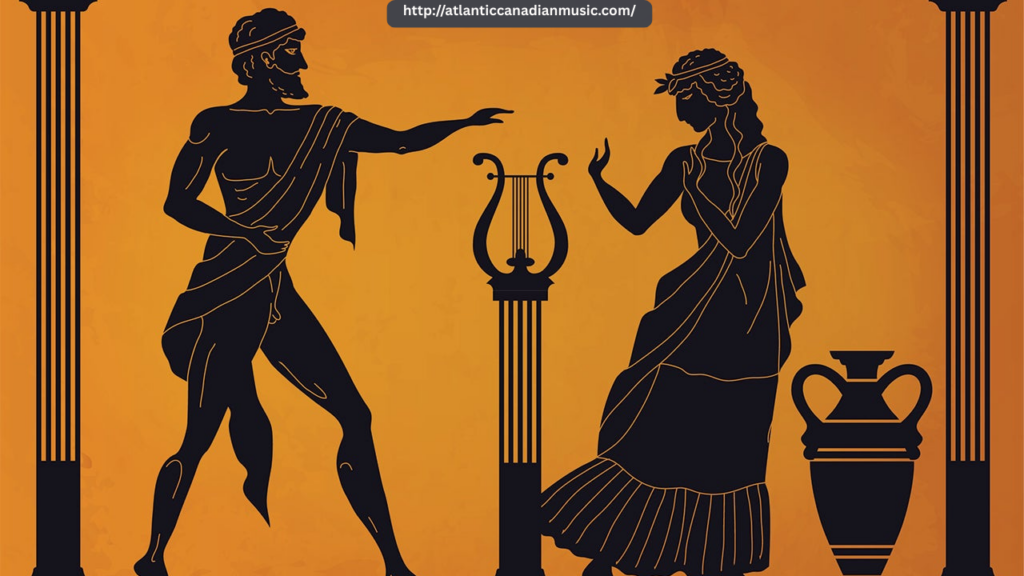
The life of a musician often appears glamorous—tour buses, roaring crowds, flashing stage lights, and the thrill of creation. Yet behind the dazzling performances lies a reality few see: the emotional toll that a life in music can exact. From the relentless pressure to perform to the isolating nature of fame, musicians frequently grapple with intense mental and emotional challenges that can lead to burnout, anxiety, depression, and substance abuse.
The Weight of Constant Performance
For many musicians, the demands of constant performance can become overwhelming. Touring involves long hours, irregular schedules, and time away from family and friends. The physical exhaustion of performing night after night is compounded by emotional fatigue. Artists are expected to be “on” all the time—delivering powerful performances regardless of their internal state.
This continuous output can leave musicians feeling drained and disconnected from their own emotions. Without time to rest and recharge, it becomes difficult to maintain a healthy balance between their personal identity and their stage persona.
The Isolation of Fame
Fame brings recognition, but it often isolates. Musicians who achieve stardom may find themselves surrounded by people yet profoundly alone. Trust becomes a rare commodity as relationships are complicated by money, status, and public scrutiny. The pressure to live up to fans’ and the industry’s expectations can create a constant state of performance, not just on stage, but in everyday life.
Social media has only intensified this burden, blurring the line between public and private life. Musicians are expected to engage constantly, maintain a flawless image, and be accessible at all times. This unrelenting exposure can exacerbate feelings of vulnerability and inadequacy.
Creative Pressure and Self-Worth
The creative process itself is emotionally taxing. Writing, composing, and producing music involves tapping into deep emotions and often revisiting personal pain. For some, the fear of not living up to past successes or the pressure to produce the next hit can lead to anxiety and self-doubt.
Many musicians also tie their self-worth to their success, equating their value with chart rankings, streaming numbers, and critical acclaim. When success fluctuates—as it inevitably does—their sense of identity can suffer.
Coping and Mental Health
In response to these pressures, some musicians turn to unhealthy coping mechanisms. Substance use, isolation, and self-destructive behaviors can become ways to manage overwhelming emotions. The tragic stories of artists lost too soon—like Chester Bennington, Avicii, and Whitney Houston—are stark reminders of the emotional price of fame.
However, the industry is slowly evolving. More musicians are speaking out about their mental health struggles, and organizations like MusiCares and Backline provide crucial resources for emotional and psychological support.
A Call for Compassion
Understanding the emotional toll of a life in music requires looking beyond the spotlight. Musicians are not just entertainers—they are human beings with complex emotional lives. By fostering environments of empathy, support, and mental wellness, we can help artists thrive both on and off the stage.
Conclusion
The stage lights may shine brightly, but the shadows behind them are real. Acknowledging and addressing the emotional challenges musicians face is essential in creating a healthier, more compassionate music industry—one that values the well-being of the artist as much as the art they create.
